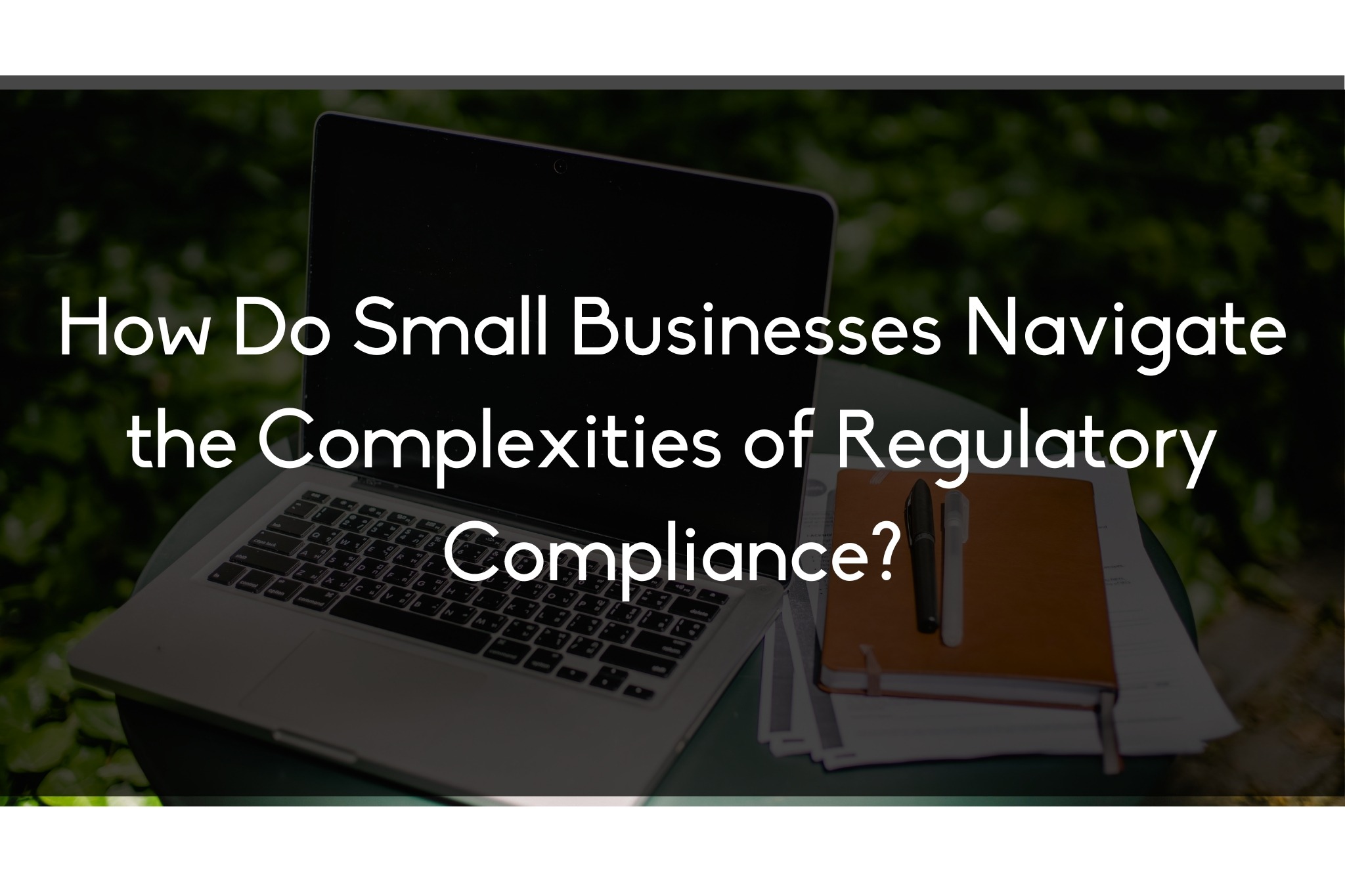Hey there! If you’ve ever felt overwhelmed by the idea of creating a business strategy, you’re not alone. Crafting a solid business strategy can feel like trying to solve a giant puzzle. But don’t worry, because today, we’re going to break it down into six key components that will make the whole process a lot less daunting. Ready to get started? Let’s dive in!
In this blog post, we’ll walk you through the six essential components of a business strategy. By the end, you’ll have a clear understanding of what each component entails and how to apply them to your own business. Whether you’re just starting out or looking to refine your current strategy, these insights will set you on the right path.
So, what exactly are these six key components? Here’s a sneak peek: vision, mission, core values, SWOT analysis, long-term objectives, and action plans. Sounds intriguing, right? Keep reading to find out how each of these pieces fits into the bigger picture of your business strategy.
The vision is your business’s North Star. It’s a vivid picture of what you want your company to achieve in the long run. Think of it as a destination on a map. When crafting your vision, aim to be both ambitious and realistic. It should inspire and motivate everyone involved in your business. A great vision statement is clear, compelling, and memorable. For example, a tech company might have a vision to “transform the way people interact with technology to enhance everyday life.”
While your vision outlines where you want to go, your mission explains why you exist. It’s the purpose of your business and what it aims to accomplish on a daily basis. Your mission statement should be concise and focused, capturing the essence of your company’s goals and the value it provides to customers. A strong mission statement can guide your decision-making processes and keep your team aligned with your core objectives. For instance, a company’s mission might be “to provide innovative and sustainable solutions that improve the quality of life for our customers.”
Core values are the principles and beliefs that guide your business’s behavior and decision-making. They are the foundation of your company culture and help define how you interact with your customers, employees, and other stakeholders. Core values should be authentic and reflect what truly matters to your organization. Examples of core values include integrity, innovation, customer focus, and teamwork. By clearly articulating your core values, you create a sense of identity and unity within your company.
A SWOT analysis is a powerful tool that helps you understand your business’s internal strengths and weaknesses, as well as external opportunities and threats. This analysis provides a comprehensive overview of your current situation and helps you identify areas for improvement and growth. To conduct a SWOT analysis, gather input from various sources within your organization and consider factors such as market trends, competition, and internal resources. This process will enable you to make informed strategic decisions and position your business for success.
Long-term objectives are the specific, measurable goals you aim to achieve over an extended period, typically three to five years. These objectives should be aligned with your vision and mission and provide a clear roadmap for your business’s growth and development. When setting long-term objectives, make sure they are SMART: Specific, Measurable, Achievable, Relevant, and Time-bound. Examples of long-term objectives might include increasing market share, expanding into new markets, or launching innovative products and services.
Once you have your long-term objectives in place, it’s time to develop action plans to achieve them. Action plans are detailed, step-by-step strategies that outline the specific tasks and activities needed to reach your goals. They should include timelines, responsibilities, and resources required for each task. By breaking down your objectives into manageable actions, you can track progress and make adjustments as needed. Action plans ensure that everyone in your organization knows what needs to be done and how their efforts contribute to the overall strategy.
And there you have it – the six key components of a business strategy: vision, mission, core values, SWOT analysis, long-term objectives, and action plans. By focusing on these elements, you can create a robust and effective strategy that will guide your business toward success. Remember, a well-crafted strategy is not just a document to be filed away, but a living guide that evolves with your business. So, take the time to revisit and refine your strategy regularly to ensure it stays aligned with your goals and the ever-changing business landscape.
Happy strategizing! If you have any questions or need further guidance, feel free to reach out. We’re here to help you every step of the way.


